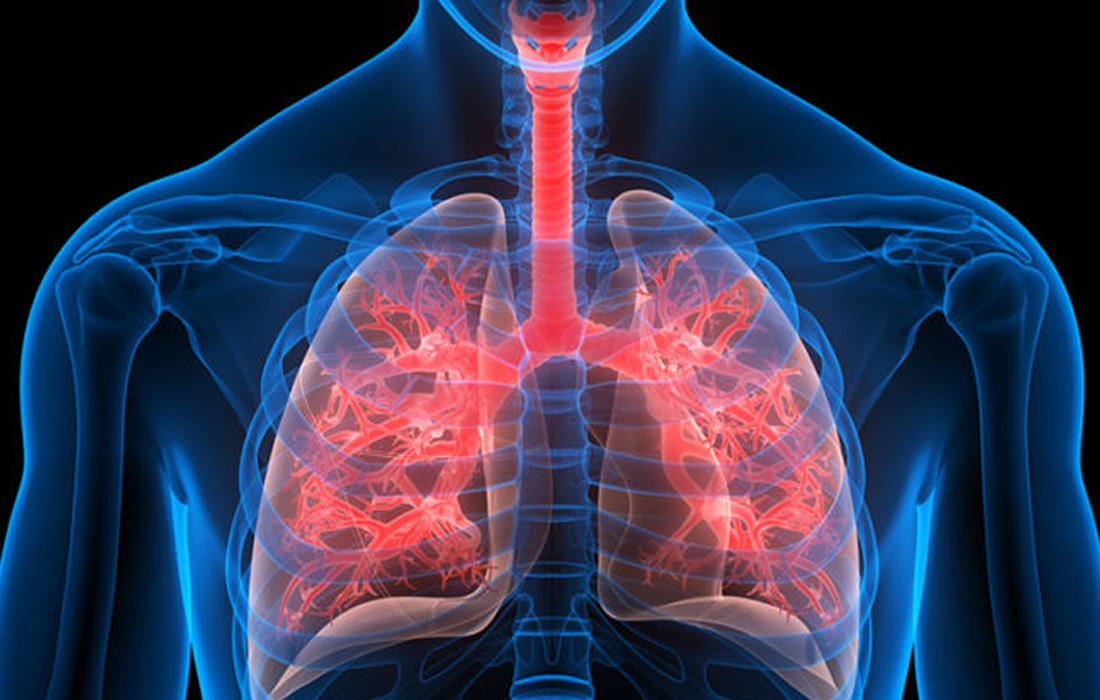Stem Cell Therapy for Specific Conditions
Stem Cell Therapy for Pulmonary Fibrosis
What is Pulmonary Fibrosis?
Pulmonary fibrosis (PF) is a chronic, life-threatening disease with a gradual worsening of pulmonary function and shortness of breath, and the median survival time of patients with idiopathic pulmonary fibrosis (IPF) was estimated to be 2.5–3.5 years.
Pulmonary fibrosis is a lung disease that occurs when lung tissue becomes damaged and scarred. This thickened, stiff tissue makes it more difficult for your lungs to work properly. As pulmonary fibrosis worsens, you become progressively more short of breath. The scarring associated with pulmonary fibrosis can be caused by a multitude of factors. But in most cases, the cause is unknown. When a cause can’t be found, the condition is termed idiopathic pulmonary fibrosis.
Are Pulmonary Fibrosis and COPD the Same?
No, pulmonary fibrosis and chronic obstructive pulmonary disease (COPD) are not the same. However, they are similar in some ways. Pulmonary fibrosis and COPD are both lung diseases that get worse over time. Both conditions can make breathing difficult.
But these conditions affect your lungs differently:
- Pulmonary fibrosis: Providers classify pulmonary fibrosis as an interstitial lung disease. The interstitial tissues are cells that make up the space between blood vessels and other structures inside the lungs. Pulmonary fibrosis damages these cells. It is a rare disease.
- COPD: COPD is a more common type of lung disease. Diseases like emphysema and chronic bronchitis are types of COPD. In COPD, lung tissue is damaged, alveoli are destroyed and airways can get irritated and inflamed (swollen).
What are Common Signs and Symptoms?
They may include:
- Shortness of breath (dyspnea).
- A dry cough.
- Fatigue.
- Unexplained weight loss.
- Aching muscles and joints.
- Widening and rounding of the tips of the fingers or toes (clubbing).
The course of pulmonary fibrosis — and the severity of symptoms — can vary considerably from person to person. Some people become ill very quickly with severe disease. Others have moderate symptoms that worsen more slowly, over months or years. Some others can experience rapid worsening of symptoms (acute exacerbation).
What Causes PF?
Pulmonary fibrosis scars and thickens the tissue around and between the alveoli in the lungs, which makes the oxygen pass into the bloodstream difficult. It can be caused by many different factors, including long-term exposure to certain toxins, some medical conditions, radiation therapy and some medications.
Medical conditions that can result in PF include:
- Dermatomyositis.
- Mixed connective tissue disease.
- Lupus.
- Rheumatoid arthritis.
- Sarcoidosis.
- Scleroderma.
- Pneumonia.
Long term exposure to toxins and pollutants include:
- Silica dust.
- Asbesto.
- Coal dust.
- Bird and animal droppings.
Medications that can cause lung damage are:
- Chemotherapy drugs, like methotrexate, cyclophosphamide.
- Heart medications, such as amiodarone.
- Antibiotics, such as nitrofurantoin and ethambutol.
Prognosis and Available Treatments
The lung damage caused by pulmonary fibrosis can’t be repaired, but medications and therapies can sometimes help ease symptoms and improve quality of life. For some people, a lung transplant might be appropriate.
PF is characterized by alveolar epithelial cell injury, remodeling of lung architecture, abnormal accumulation of extracellular matrix, and fibroblasts in parenchymal tissue, which ultimately results in respiratory failure and death. The prognosis of IPF is poor, with a mortality rate comparable to advanced tumors.
In recent years medications such as pirfenidone and nintedanib have improved lung function for patients with IPF, but neither one has a certain advantage on mortality outcomes, often necessitating a lung transplant. Therefore, it is important to detect innovative options and new therapeutic strategies for the management of this condition.
Use of Cellular Therapies
Mesenchymal stem cells (MSCs) have received increasing attention in the field of regenerative medicine, because of multi-lineage differentiation potential, migratory ability and self-renewal properties. Accumulating evidence suggests the role of MSC administration in attenuating the disease by anti-apoptotic, immunomodulation, and anti-inflammatory effects.
A meta-analysis performed by Li et al, which included multiple studies that evaluated the use of MSCs in animal models and that also added the parameter of survival rate, to see if it changed with the therapy. In the field of regenerative medicine, animal studies are relevant to clinical application and used to evaluate the safety and efficacy of MSC therapy. Several clinical trials have been conducted to explore the potential benefits of MSC transplantation for patients with IPF.
In their meta-analysis, MSCs treatment improved the survival rate and fibrosis scores of Pulmonary Fibrosis animal models, indicating the potentials of MSCs transplantation in preclinical studies of PF. They also compared the use of Bone Marrow and Adipose tissue-derived Mesenchymal Stem cells with Umbilical cord-derived MSCs and the latter showed better treatment results in regard to pulmonary fibrosis scores.
They saw that the different studies showed improvements of mesenchymal stem cell therapy in both survival rate and pulmonary fibrosis scores in animal models. More trials are required to prove the safety and efficacy of MSCs therapy for PF, but the results in these and other studies are promising and could eventually become a widely available treatment option for a condition that has poor prognosis and not many treatment options.
Source:
Li, DY., Li, RF., Sun, DX. et al. Mesenchymal stem cell therapy in pulmonary fibrosis: a meta-analysis of preclinical studies. Stem Cell Res Ther 12, 461 (2021). https://doi.org/10.1186/s13287-021-02496-2
https://www.mayoclinic.org/diseases-conditions/pulmonary-fibrosis/symptoms-causes/syc-20353690
https://my.clevelandclinic.org/health/diseases/10959-pulmonary-fibrosis
Image from:

